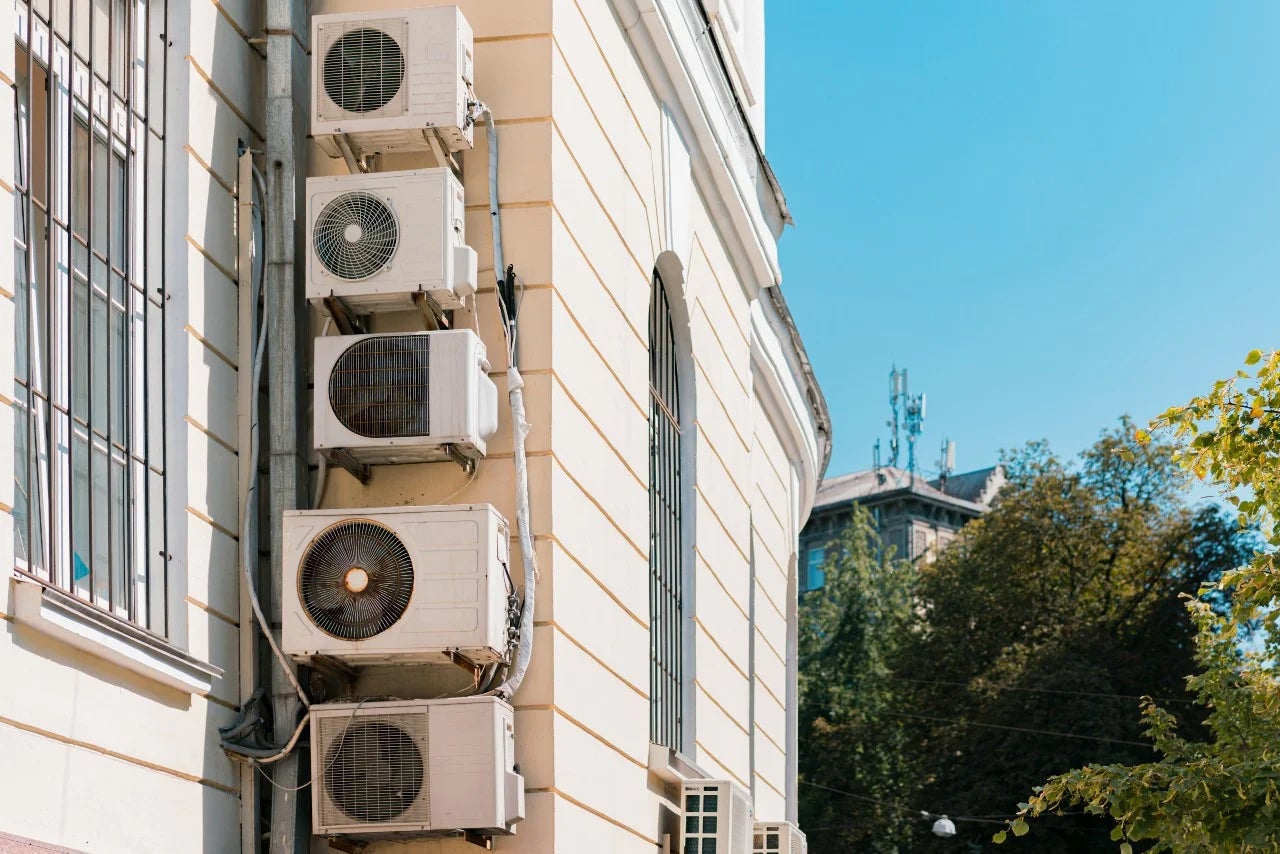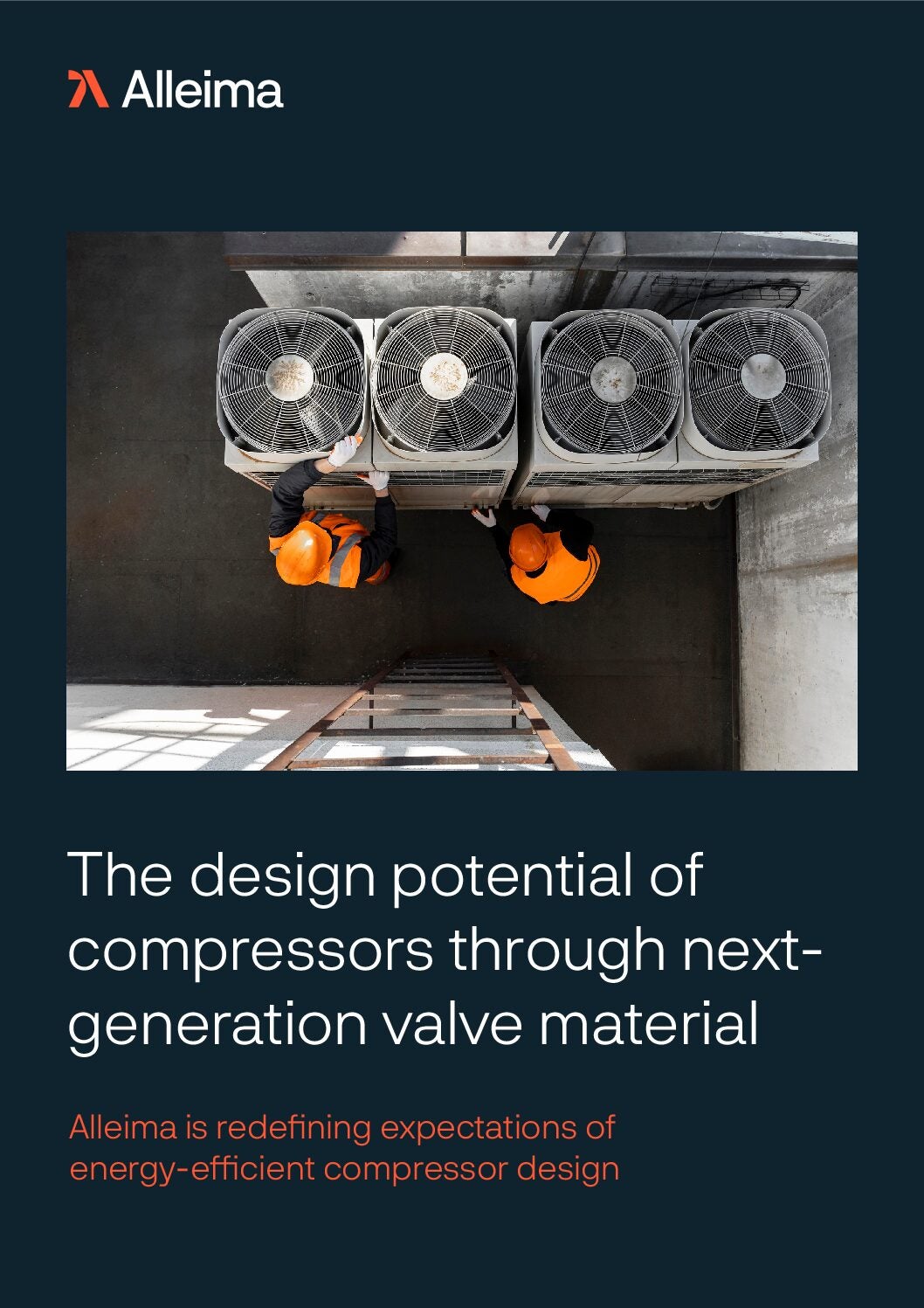
According to the International Energy Agency, the world is facing a ‘cold crunch’. Demand for air conditioners (ACs) is heating up as incomes, living standards, and global temperatures rise. In developed countries in some of the hottest regions, the number of households equipped with ACs is already high. In Japan, it’s as many as 91% of homes, closely followed by the US with 90%, and Korea with 86%.
Over the next few decades, demand for ACs will grow in regions where market penetration has previously been very low. In India, just 5% of homes are equipped with air conditioning units, but estimates expect the country’s AC market to witness quick growth over the next twenty years. According to one report, more than half of India’s households could use air conditioning by 2040.
Europe is another one to watch. Less than 5% of homes in the UK currently have air conditioners. However, projections from the UK Energy Research Centre suggest that by 2050, this could rise as high as 32%. Demand will be higher in warmer European countries such as Italy, Spain, and France, which until now have also had low AC usage.
A key reason is that global summers are getting hotter and hotter. According to NASA, last summer tied 2020 for the warmest on record. In fact, all five of the world’s warmest June-August periods on record have occurred since 2015. Heatwaves, wildfires, droughts, and other extreme weather events are occurring with increasing frequency across the world as global warming accelerates.
Rising temperatures will naturally drive the demand for air conditioning, but this could well worsen the situation, as ACs are a huge contributor to the total electricity consumption and greenhouse gas emissions of buildings. According to the IEA report, The Future of Cooling, ACs and electric fans currently account for almost 20% of the total electricity usage from buildings.
“Growing demand for air conditioners is one of the most critical blind spots in today’s energy debate,” says Fatih Birol, IEA executive director, in the report. By 2050, around two-thirds of the world’s households could have an air conditioner, with China, India, and Indonesia together accounting for half of that amount.
Tackling ‘the cold crunch’ with energy-efficient appliances
With the scenario outlined of global warming leading to more ACs and even higher GHG emissions, ‘the cold crunch’ cannot be ignored. In its report, the IEA puts the case forward for continued investment in more energy-efficient ACs, which can cut future energy demand by 45%, reduce the need for extra capacity from power plants, and lower operating costs.
Consumers are ready to make the switch. According to research by BSH, sustainability is a key factor in consumer purchasing decisions nowadays, particularly when it comes to major household appliances such as a refrigerator or air conditioner. Conducted in September 2021, the research focused on Europe, where two-thirds of German participants and a whopping 82% of Italian respondents said they were prepared to pay a higher price tag for a more sustainable or energy-efficient appliance.
Since then, a new factor has driven demand for energy efficient technologies even higher: the cost of living crisis. With fuel prices continuing to rise, consumers are looking for new ways to reduce their household energy bills. As part of this, investing in energy-efficient technologies is a decision many are pursuing.
There are multiple opportunities to improve the efficiency of an AC system – one being through the compressor valve. Compressor valves are small but important components in ACs and many other appliances, helping to regulate the flow of refrigerant in the system by opening and closing up to 200 times per second.
In a more energy-efficient appliance, higher dynamic loads are placed on this small piece of strip steel, often below 0.5mm thin. And with the system itself expected to operate for a lifetime of around ten years, the valve must be able to withstand these higher dynamic loads summer after summer.
Reducing energy consumption from air conditioning units
Next-generation appliances require next-generation materials. In 2021, leading strip steel manufacturer Alleima launched Freeflex™, a unique martensitic stainless compressor valve steel alloyed with copper. Freeflex was designed with high fatigue strength, and therefore with energy efficient applications, in mind.
“With energy efficiency higher on the agenda than ever before, we decided to develop a new alloy with the ability to withstand tougher operating conditions and higher dynamic loads than any of its predecessors,” explains Remco Jongen, global product manager, Alleima.
Freeflex is characterised by extreme fatigue strength and excellent ductility, as well as a high-quality surface finish and a low level of non-metallic inclusions. In addition to high strength and excellent wear properties, valves made from this innovative material will contribute to the design of more energy-efficient compressors and therewith residential AC units.
Alongside helping white goods manufacturers create greener products, Alleima is also committed to decreasing its own impact on the environment. That’s why the Swedish company uses recycled steel wherever possible. As with all Alleima’s strip steel products, Freeflex is manufactured from 82% recycled material, using more than 94% fossil-free electricity.
We cannot underestimate the big impact that small changes to air conditioner design can have on the world. If all the ACs in the US used high-performance compressor valves made from an advanced material like Freeflex, GlobalData estimates that 17 million tonnes of CO2 emissions could be saved each summer.
To learn more about the impact of high-quality strip steel on a range of industrial and consumer products, including white goods, download the whitepaper below.



